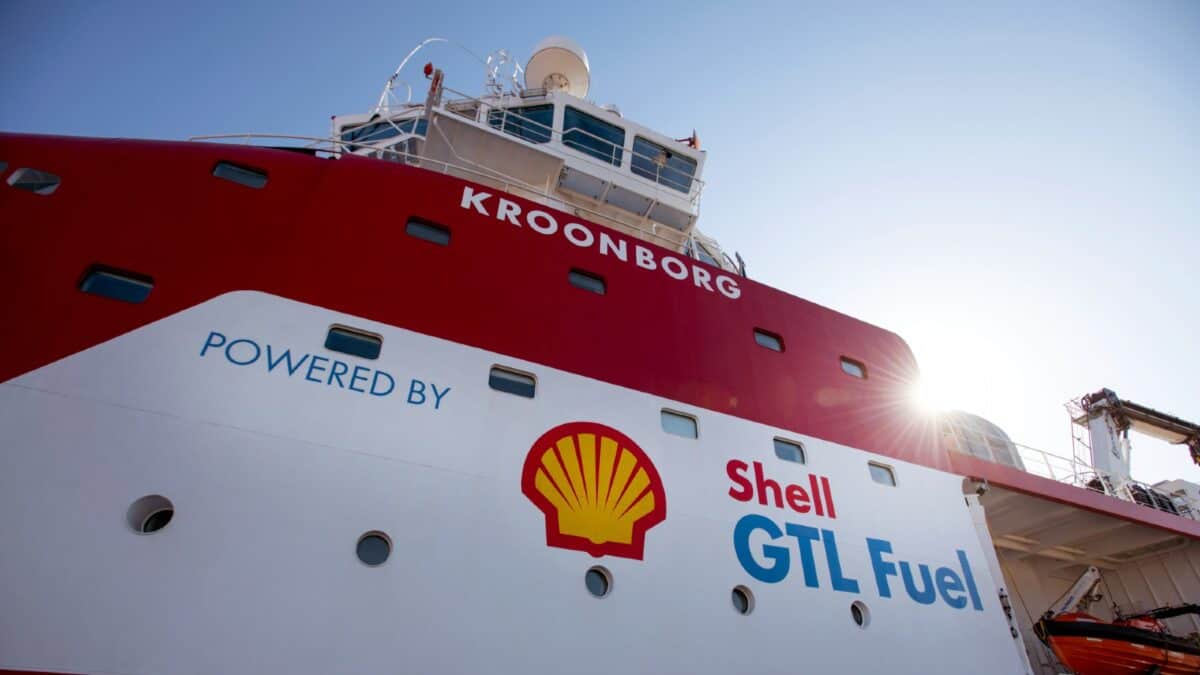Shell’s (LSE: SHEL) share price has mirrored the benchmark Brent oil price almost exactly since the middle of December.
Oil price outlook
Clearly then, many FTSE 100 investors appear to regard the company simply as an oil price play. So for them, a bullish oil market outlook may well prompt further buying of Shell shares, pushing the price up.
I think this is entirely possible. Early June saw OPEC+ extend its 3.66m barrels per day (bpd) of production cuts to the end of 2025. The oil cartel will extend another 2.2m bpd to the end of September 2024.
Demand is also set to increase from the world’s largest oil importer, China. The International Energy Agency (IEA) forecasts that its oil consumption will rise by 510,000 bpd this year.
Reductions in supply while demand is increasing are generally supportive of the oil price.
A risk for Shell shares is that this demand-supply imbalance reverses sooner rather than later.
Another is any government pressure to speed up its energy transition. This would result in lost revenues from a still-strong oil and gas market.
Relative valuation play?
Although part of Shell’s share price is related to the oil price, I think other elements should be factored into it.
One is the valuation discrepancy between Shell and its international peers.
More specifically, the UK firm trades on the key price-to-earnings (P/E) stock valuation measurement at 12.6.
This is cheap compared to the average P/E of its peer group, which is 14.
To ascertain how cheap, I ran a discounted cash flow analysis using several other analysts’ figures and my own.
This shows Shell shares to be around 17% undervalued at their present price of £28.35. Therefore, a fair value would be around £34.16.
This does not necessarily mean they will ever reach that price. However, it underlines to me how cheap they look compared to their peers.
Increasing shareholder rewards
Presumably to help close this valuation gap, Shell increased its dividend reward for shareholders recently.
Q1 saw it rise a whopping 19.7% to 34.4 cents (27p) from the previous 28.75 cents.
If this rate were applied to the entire 2023 payout of $1.2935, then 2024’s dividend would be $1.5483 (£1.22).
On the current share price of £28.35, this would give a yield of 4.3%. This compares very favourably to the present average FTSE 100 yield of 3.6%.
On 2 May, Shell also announced the start of a $3.5bn share buyback programme due to end on 1 August. Buybacks are generally supportive of a company’s share price.
Will I buy more?
Both these initiatives came after the firm announced Q1 adjusted earnings of $7.7bn — way ahead of consensus analysts’ expectations of $6.5bn.
The forecasts now are for Shell’s earnings to grow at 5.6% a year to the end of 2027. Earnings per share are expected to jump by 9.3% a year to that point. And return on equity is projected to be 12.6% by then.
These should power increases in both dividends and the share price into the future.
Consequently, I will be adding to my holding in Shell shares at the earliest opportunity.
This post was originally published on Motley Fool





